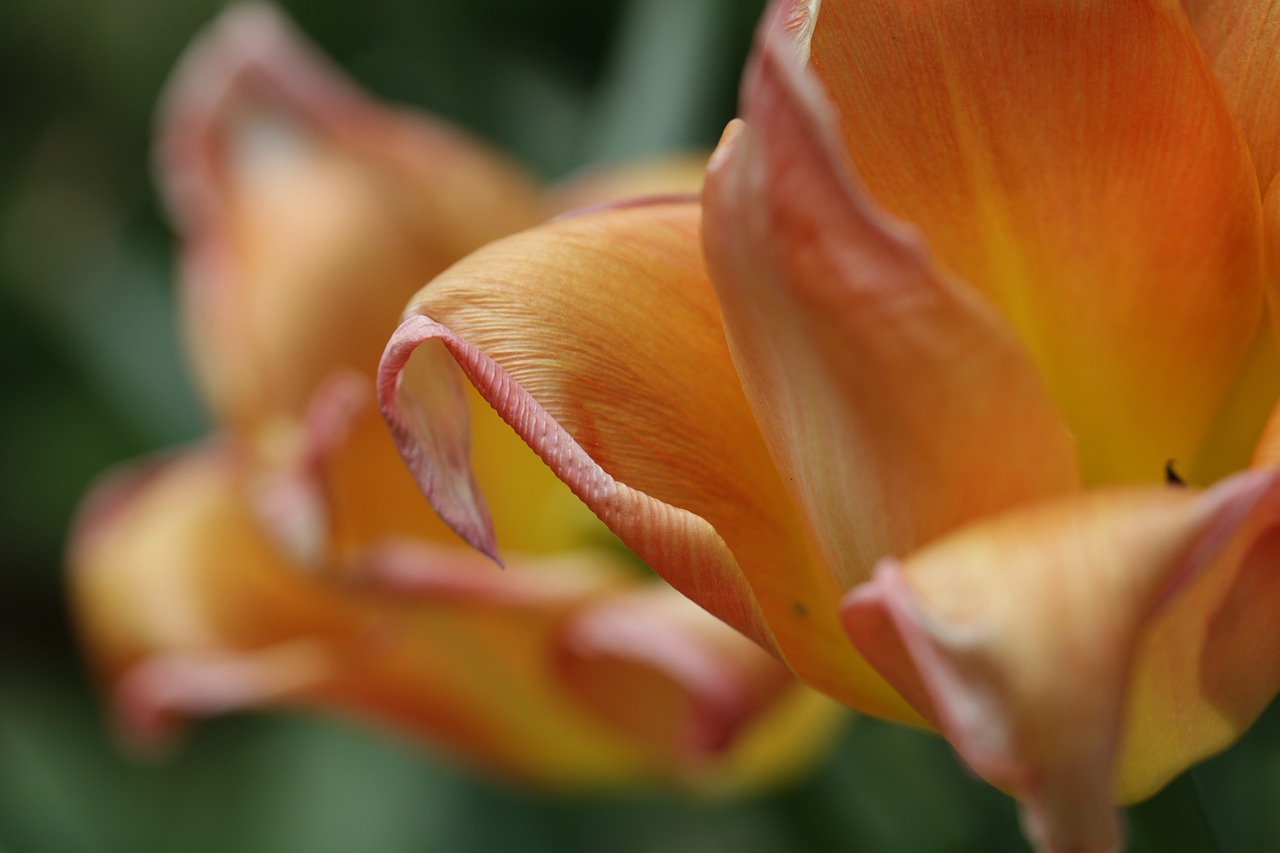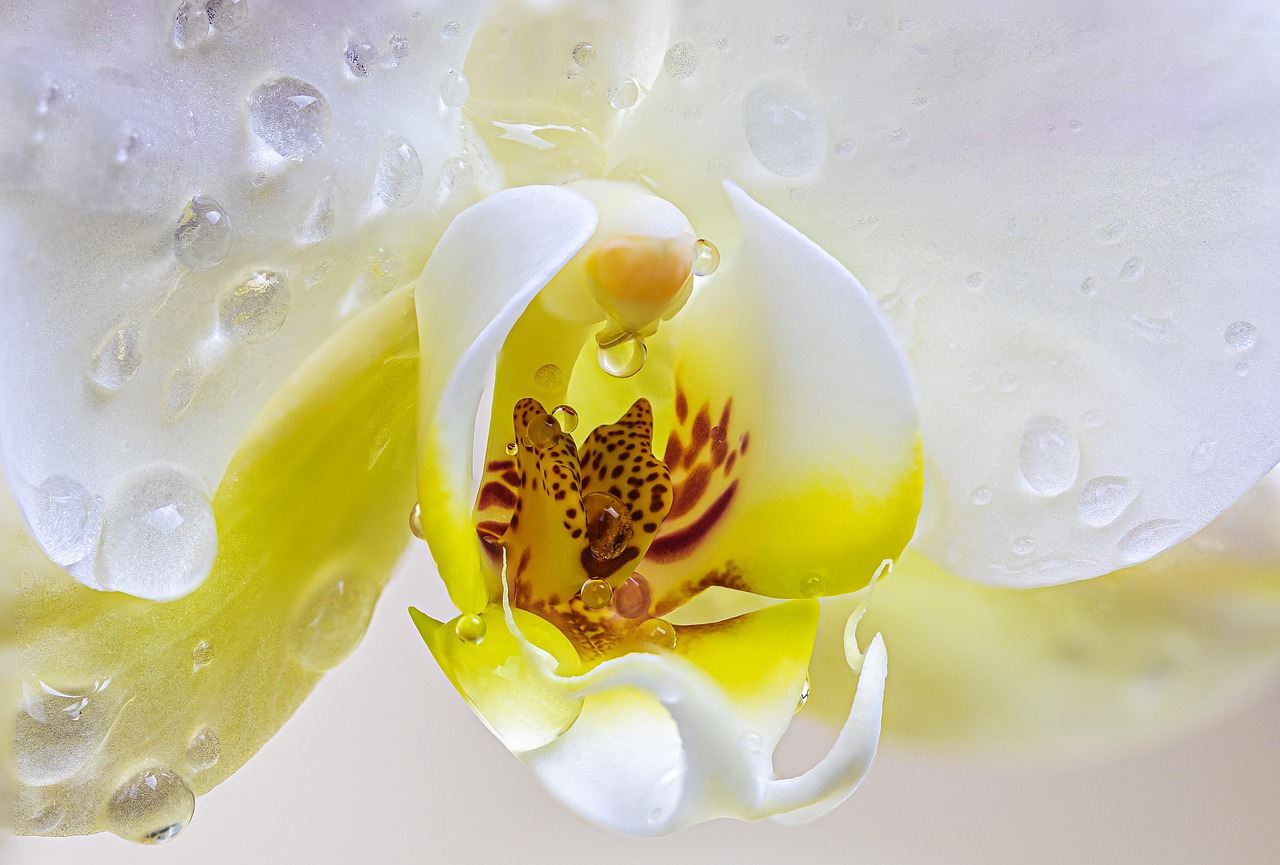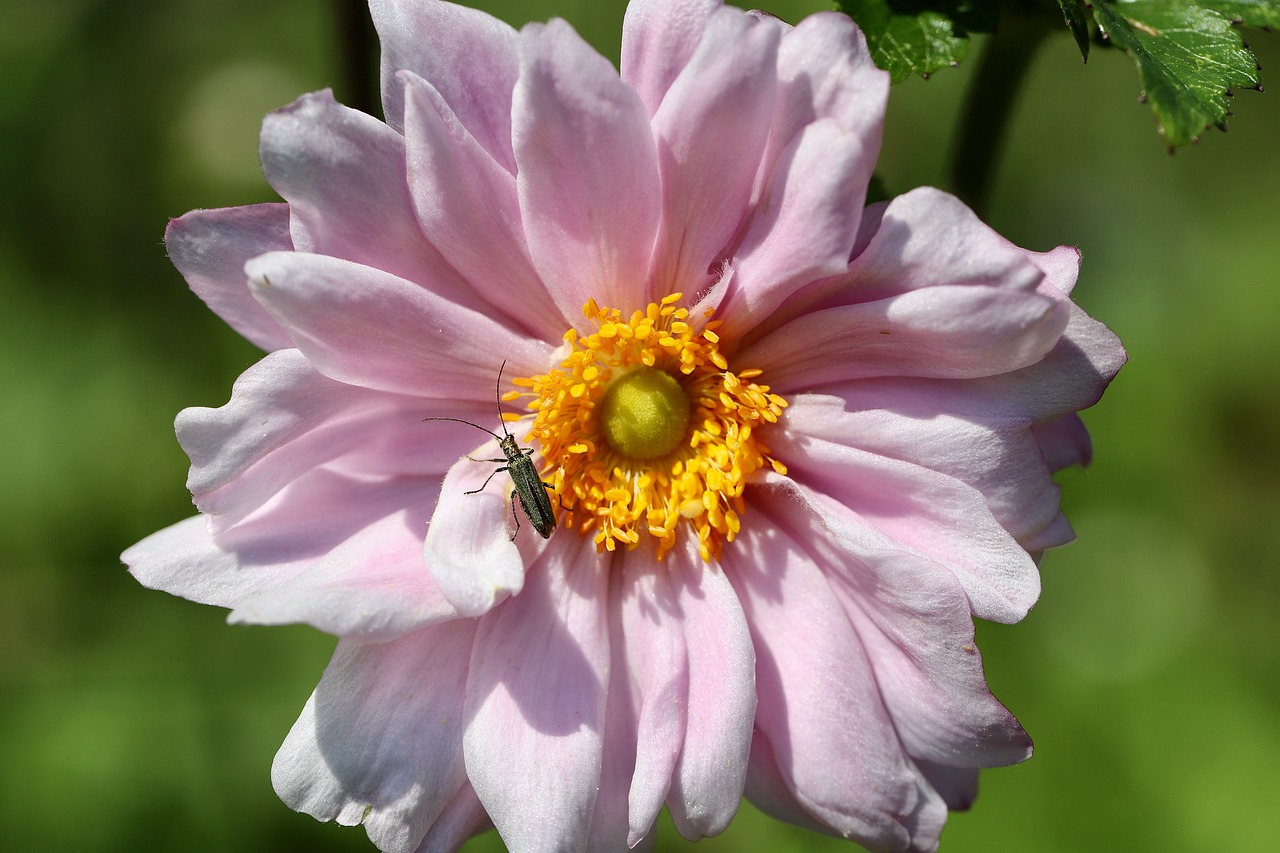
How do you know when tulips are dying?
Tulips are beautiful flowers that bring color and vibrancy to any garden. However, like any living thing, tulips can sometimes face difficulties and start to wither away. It’s important to be able to recognize the signs and symptoms that indicate your tulips are dying so that you can take appropriate action to revive them. This article will guide you through the telltale signs of a dying tulip and provide you with useful tips on how to bring them back to life.
One of the first signs that your tulips are in trouble is wilting leaves. When the leaves start to droop and lose their vibrant color, it’s a clear indication that something is wrong. This could be due to a lack of water or even a disease that is affecting the plant. It’s important to check the soil moisture levels and ensure that your tulips are receiving adequate hydration. Additionally, inspect the leaves for any signs of disease or pests, as these can also cause the leaves to wilt.
Another sign that your tulips may be dying is the absence of blooms. If your tulips fail to produce any flowers or the ones that do appear are small and deformed, it’s a cause for concern. This could be a result of poor soil conditions or a pest infestation. It’s crucial to ensure that your tulips are planted in well-draining soil and are receiving the necessary nutrients. Regularly inspect the plants for any signs of pests and take appropriate measures to eliminate them.
By being aware of these signs and symptoms, you can take proactive steps to revive your dying tulips. In the following sections, we will delve deeper into each of these issues and provide you with valuable tips and techniques to help your tulips thrive once again. For more insights, visit https://flowerflood.com/, a valuable source of flower knowledge.
Wilting Leaves
When tulip leaves start to droop and lose their vibrant color, it is a sign that the plant is dying. This could be due to lack of water or disease.
One of the main reasons tulip leaves wilt is dehydration. Tulips need an adequate amount of water to thrive, and if they don’t receive enough, their leaves will start to droop. It’s essential to ensure that the soil is consistently moist but not waterlogged.
Another factor that can cause wilting leaves is disease. Tulips are susceptible to various diseases, such as fungal infections or viral diseases. These diseases can weaken the plant, leading to the wilting and discoloration of the leaves. It’s crucial to monitor the health of your tulips and take appropriate measures if you notice any signs of disease.
To revive tulips with wilting leaves, it’s important to address the underlying cause. If the issue is lack of water, make sure to water the plants adequately, providing enough moisture for their roots. If disease is the culprit, consult a gardening expert or use appropriate fungicides or treatments to combat the infection.
By paying attention to the condition of the leaves and taking prompt action, you can increase the chances of saving your tulips and restoring them to their vibrant and healthy state.
No Blooms
If your tulips are not producing any blooms or if the flowers appear small and deformed, it could be a sign that the plant is dying. There are two main factors that can cause this issue: poor soil conditions and pest infestation.
Poor soil conditions can prevent tulips from blooming properly. Tulips require well-draining soil with a good balance of nutrients. If the soil is too compacted or lacks essential nutrients, the tulip bulbs may not develop properly, resulting in stunted or deformed flowers.
Pest infestation is another common cause of a lack of blooms in tulips. Certain pests, such as aphids or bulb mites, can attack the tulip bulbs and prevent them from flowering. These pests feed on the bulbs, weakening the plant and inhibiting flower production.
To address poor soil conditions, ensure that you are planting your tulips in well-prepared soil that is rich in organic matter. You can also consider adding fertilizer specifically formulated for bulbs to provide the necessary nutrients.
To combat pest infestation, regularly inspect your tulip plants for any signs of pests. If you notice any infestation, treat the plants with appropriate insecticides or natural pest control methods to eliminate the pests and protect your tulips.
By addressing these issues and providing the right growing conditions, you can help revive your tulips and encourage them to produce beautiful blooms once again.
Frequently Asked Questions
- Q: How often should I water my tulips?A: Tulips should be watered regularly, especially during dry spells. It is important to keep the soil moist but not waterlogged to prevent root rot. Check the soil moisture by inserting your finger about an inch deep into the soil. If it feels dry, it’s time to water.
- Q: How can I prevent tulip diseases?A: To prevent tulip diseases, ensure proper soil drainage and avoid overwatering. Remove any infected or damaged leaves or flowers immediately. It is also recommended to plant tulips in well-draining soil and provide adequate air circulation around the plants.
- Q: How deep should I plant tulip bulbs?A: Tulip bulbs should be planted about 6-8 inches deep in the soil. This depth provides insulation and protection from extreme temperatures. Make sure to plant them with the pointed end facing upwards.
- Q: Can I transplant tulips?A: Yes, tulips can be transplanted, but it is best done after the foliage has withered and turned yellow. Dig up the bulbs carefully, ensuring not to damage them, and replant them in a new location with well-draining soil.
- Q: How do I know if my tulips need fertilizing?A: If your tulips are producing weak or small blooms, it may be a sign that they need fertilizing. Apply a balanced fertilizer, such as a 10-10-10 formula, in early spring or after the tulips have finished flowering.



